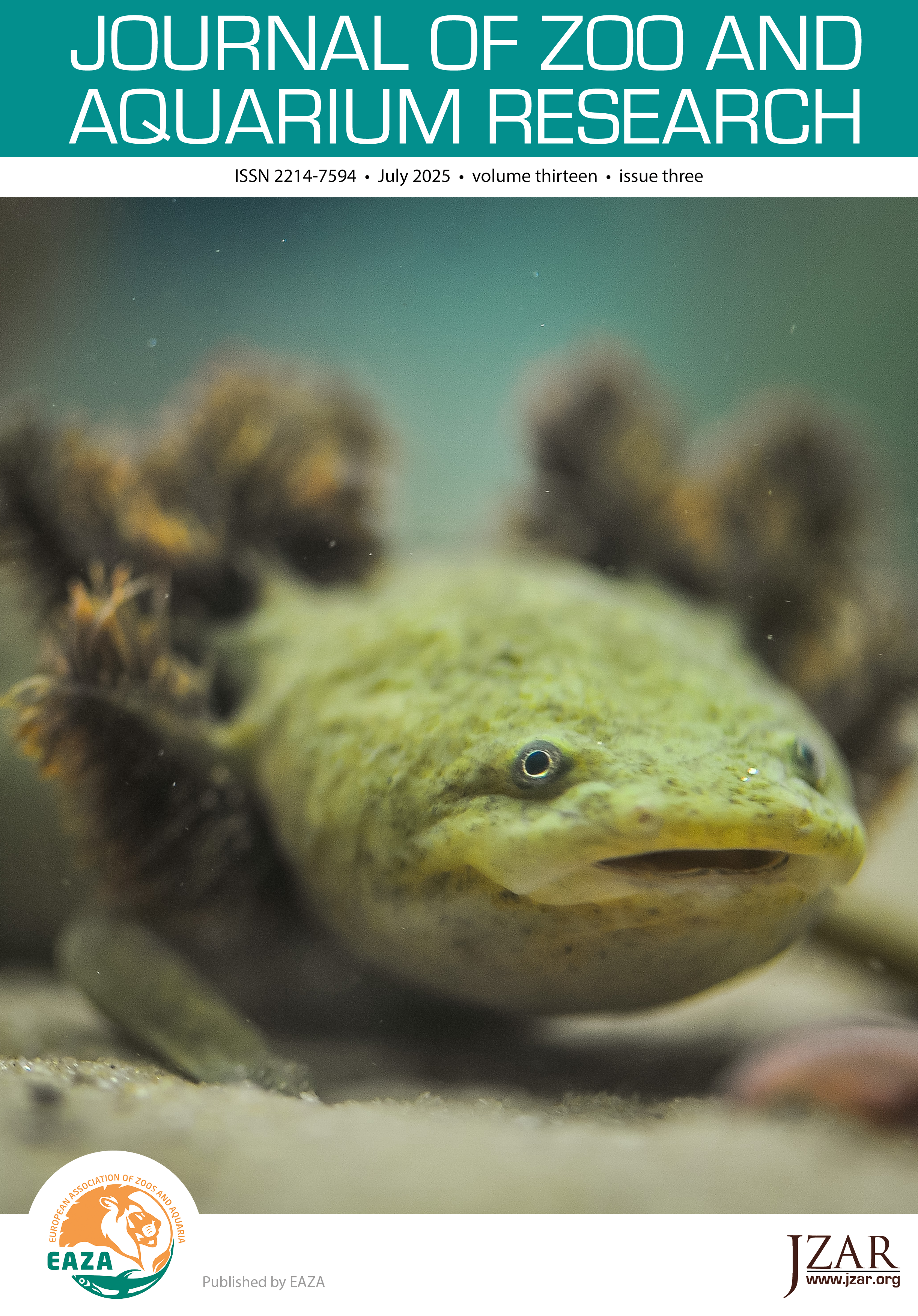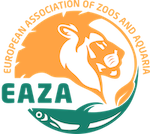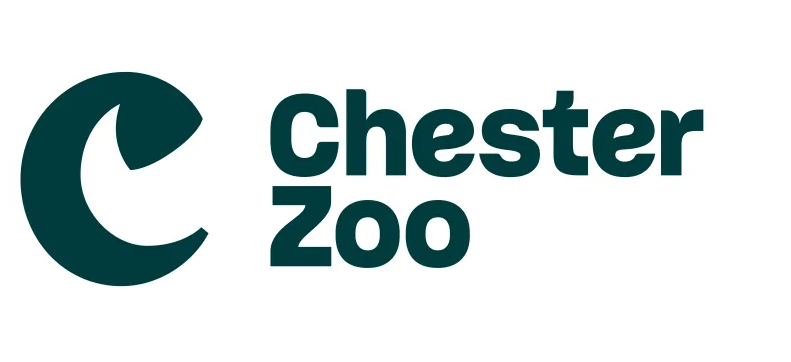Effect of different infrared basking lamps on the heating effectiveness and desiccation of gelatine models: Implications for zoo animal husbandry
DOI:
https://doi.org/10.19227/jzar.v13i3.919Keywords:
desiccation, heating effectiveness, infrared lamps, surface temperature, zoo animal welfareAbstract
Artificial heating via lamp technology is a key feature of the husbandry of many captive animals, especially ectotherms. Short wave infrared (IRA) is theoretically more efficient in raising animal core temperature than medium (IRB) and long wave infrared (IRC) as it penetrates deeper into the skin and underlying tissues. However, for historical reasons, lamps emitting predominantly long wave infrared are commonly used, causing superficial heating and dehydration in animals due to shallow tissue penetration and more uneven heating of surface versus core. Few studies have investigated real-world behavioural or physical responses to different infrared wavelengths; therefore, there is a lack of empirical evidence for physiological outcomes under controlled conditions. Here, we investigated the effect of different infrared basking lamps (infrared A, B and C lamps available commercially) on time to reach core target temperature, surface heating, and desiccation rate of ballistic gelatine models in order to link theory to practice. Accounting for variation in air temperature and humidity, infrared A lamps heated models to core target temperature fastest, and demonstrated the lowest desiccating effect, while infrared C lamps caused the highest surface heating. Lamp to model distance influenced time to reach target temperature, while background colour influenced surface temperature changes. Our results provide support that, among commercially available products, lamps emitting infrared A radiation heat the core of animals in captivity more efficiently, with less desiccation and thus confirms the theoretical assertion that such lamps are preferable for use in animal husbandry. This study also develops methods for future infrared heating research.
Downloads
Published
How to Cite
Issue
Section
License
JZAR fulfils the DOAJ definition of open access and provides free and open access to the full text of all content without delay under a Creative Commons licence. The copyright holder of JZAR publications grants usage rights to third parties, allowing for immediate free access to the work and permitting any user to read, download, copy, distribute, print, search, or link to the full texts of articles.







